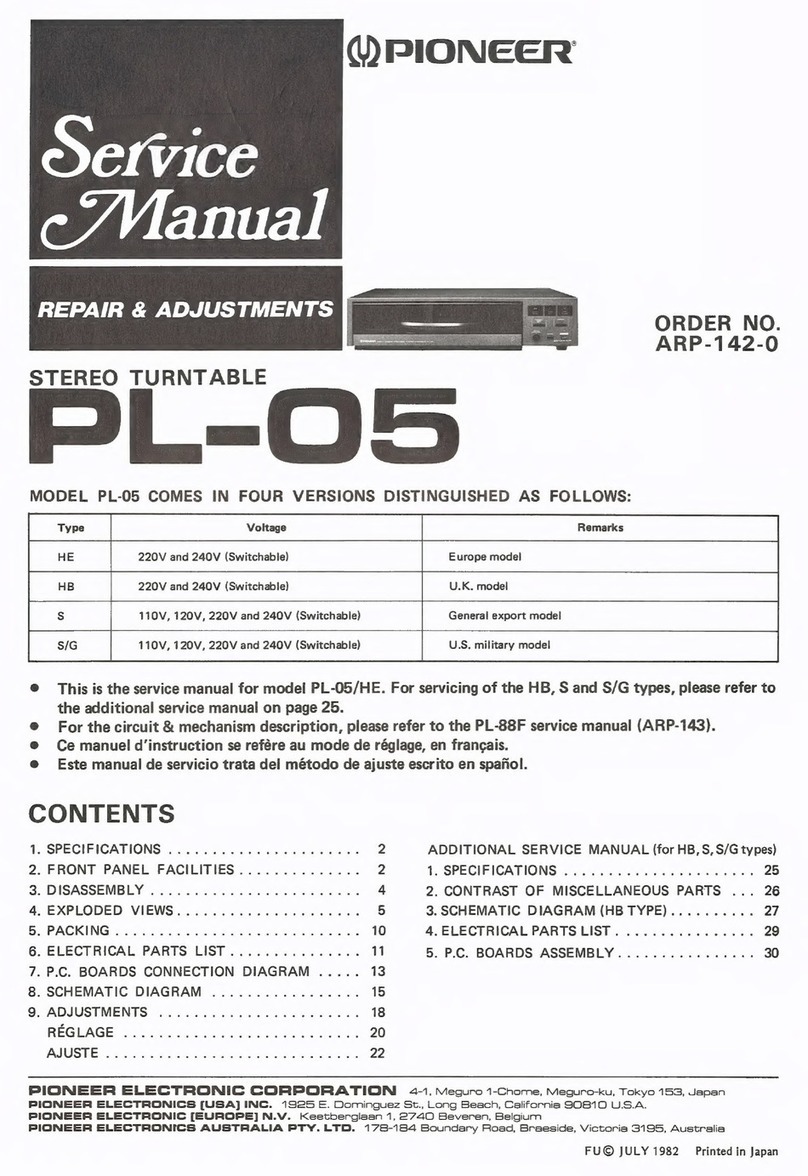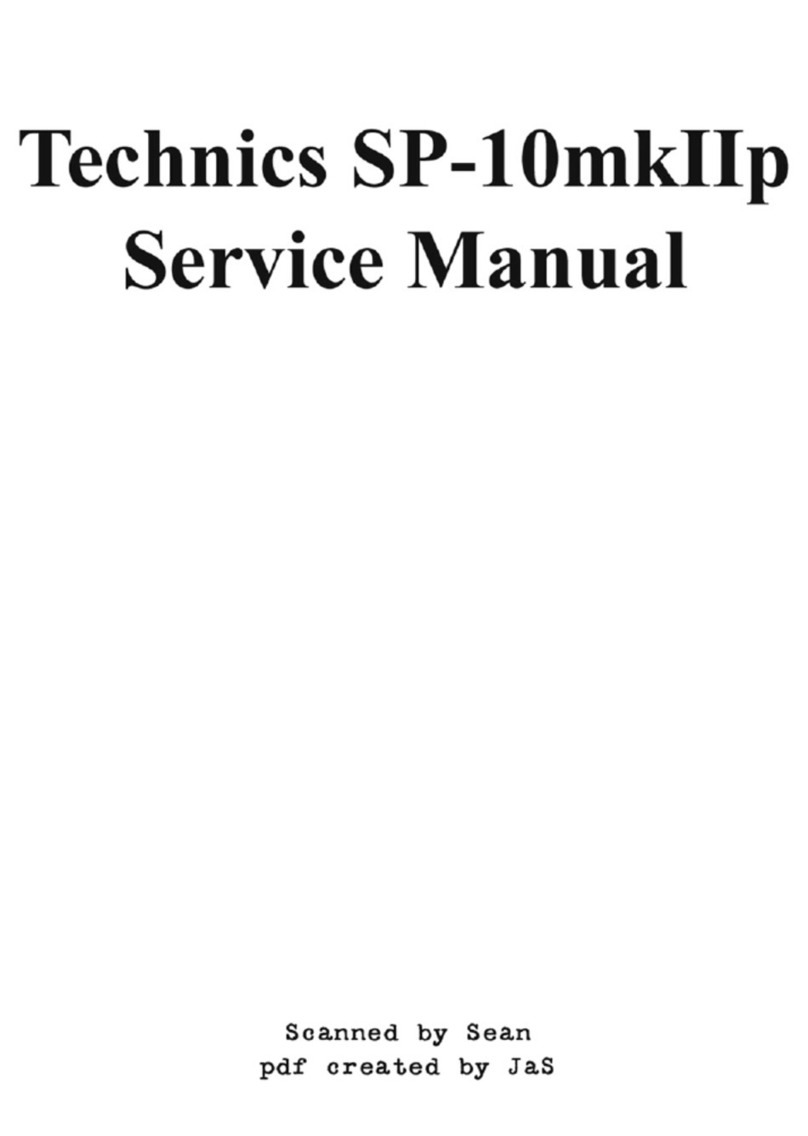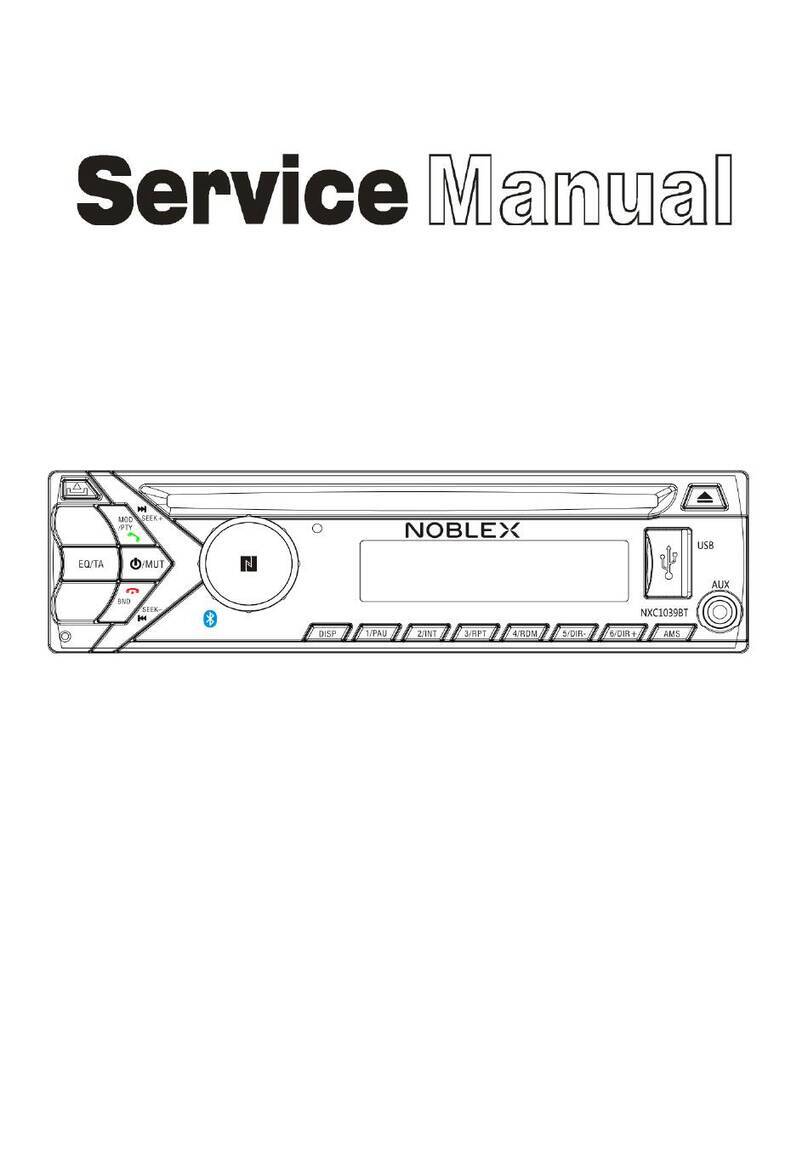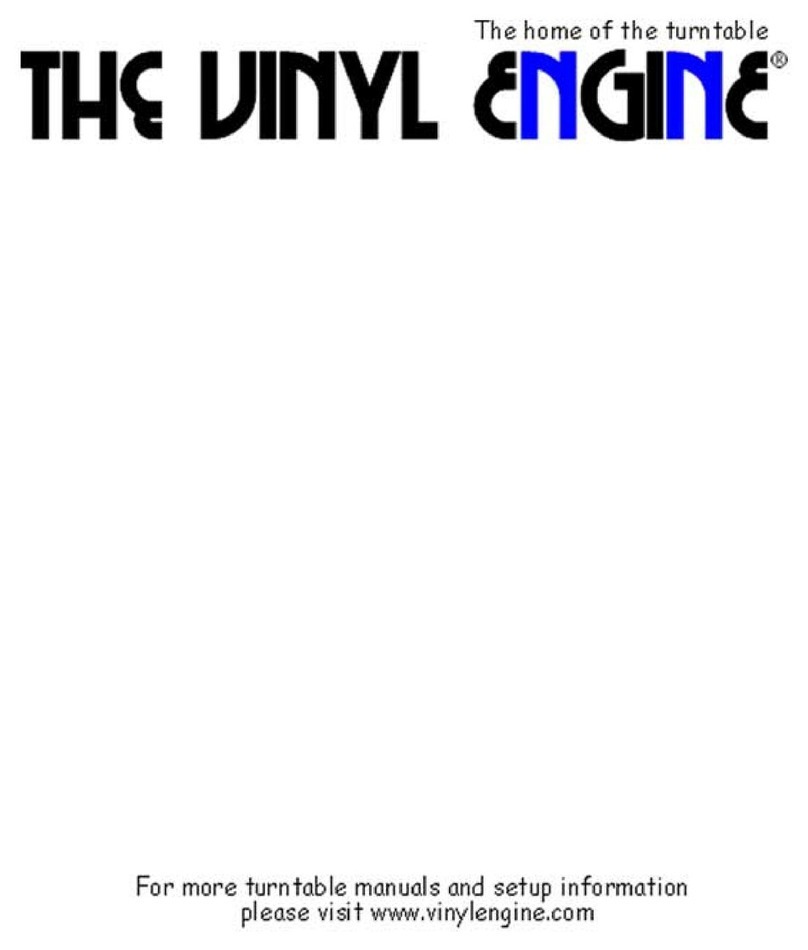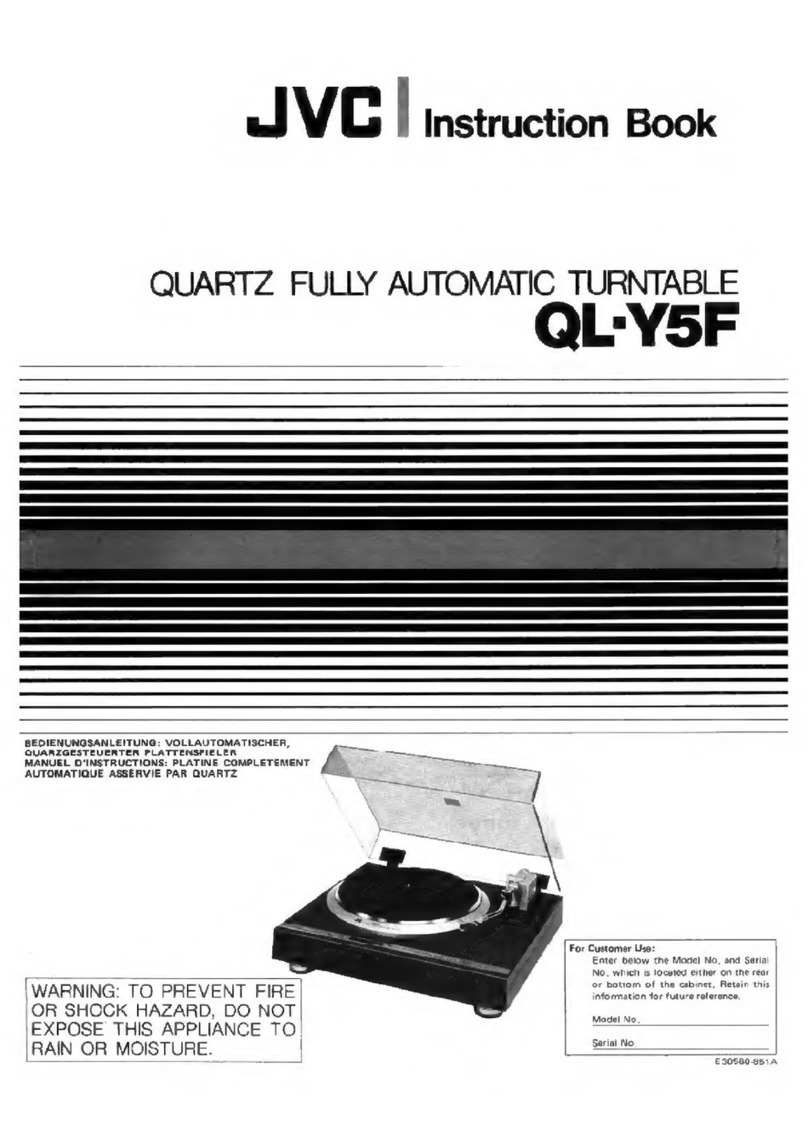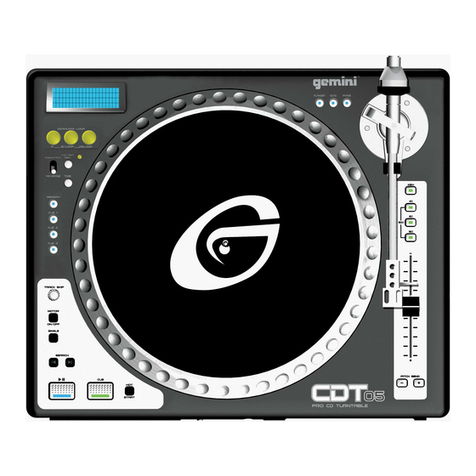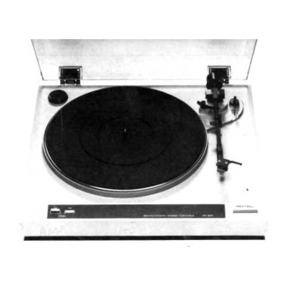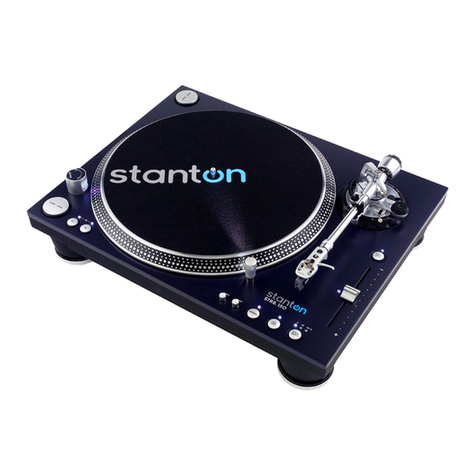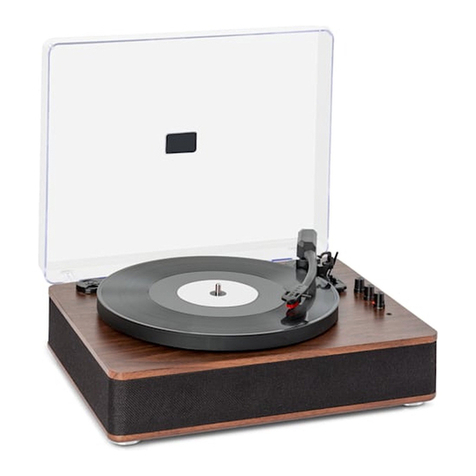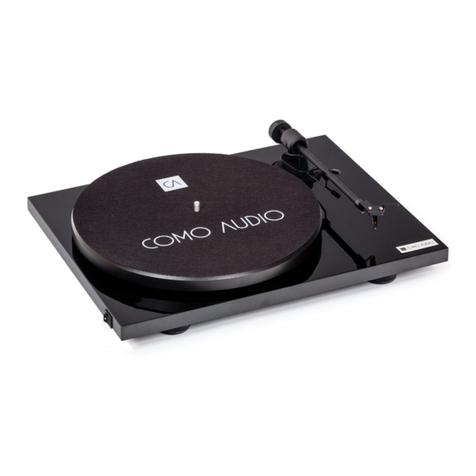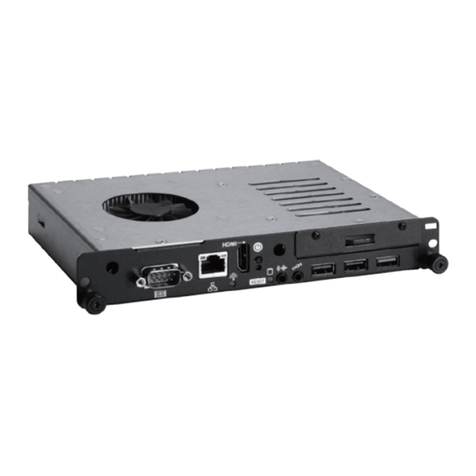Pioneer PL-670 User manual
Other Pioneer Turntable manuals

Pioneer
Pioneer PL-117D User manual
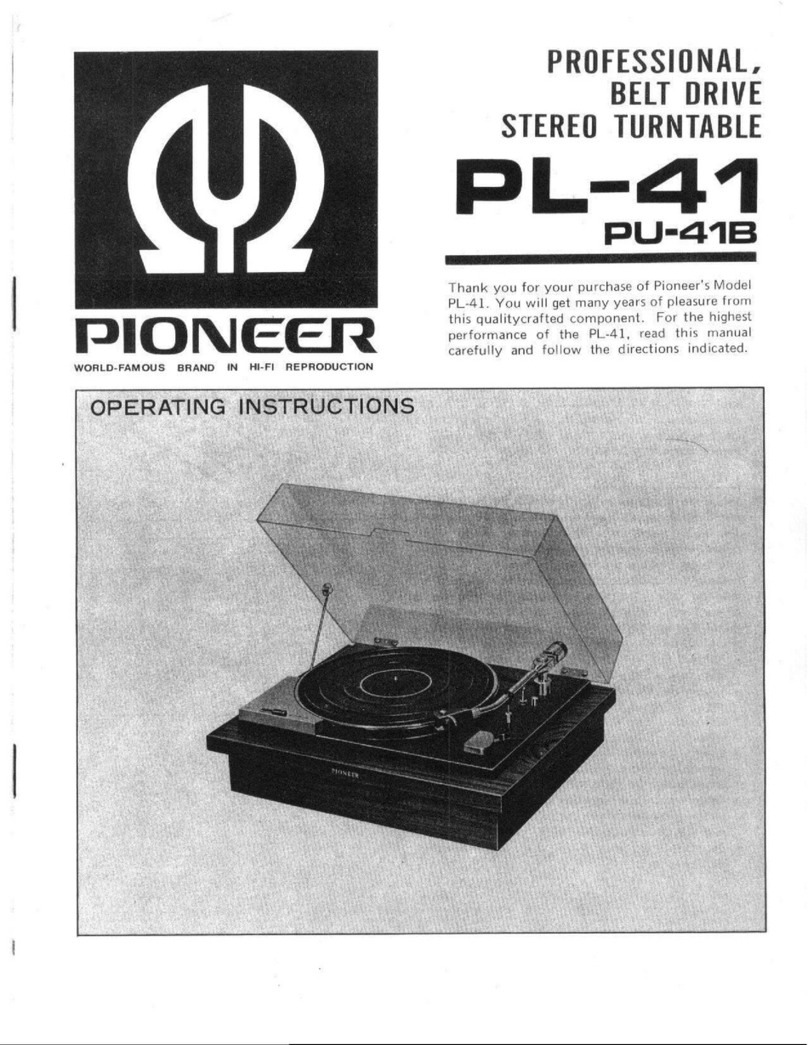
Pioneer
Pioneer PL-41 User manual

Pioneer
Pioneer PL-550 User manual
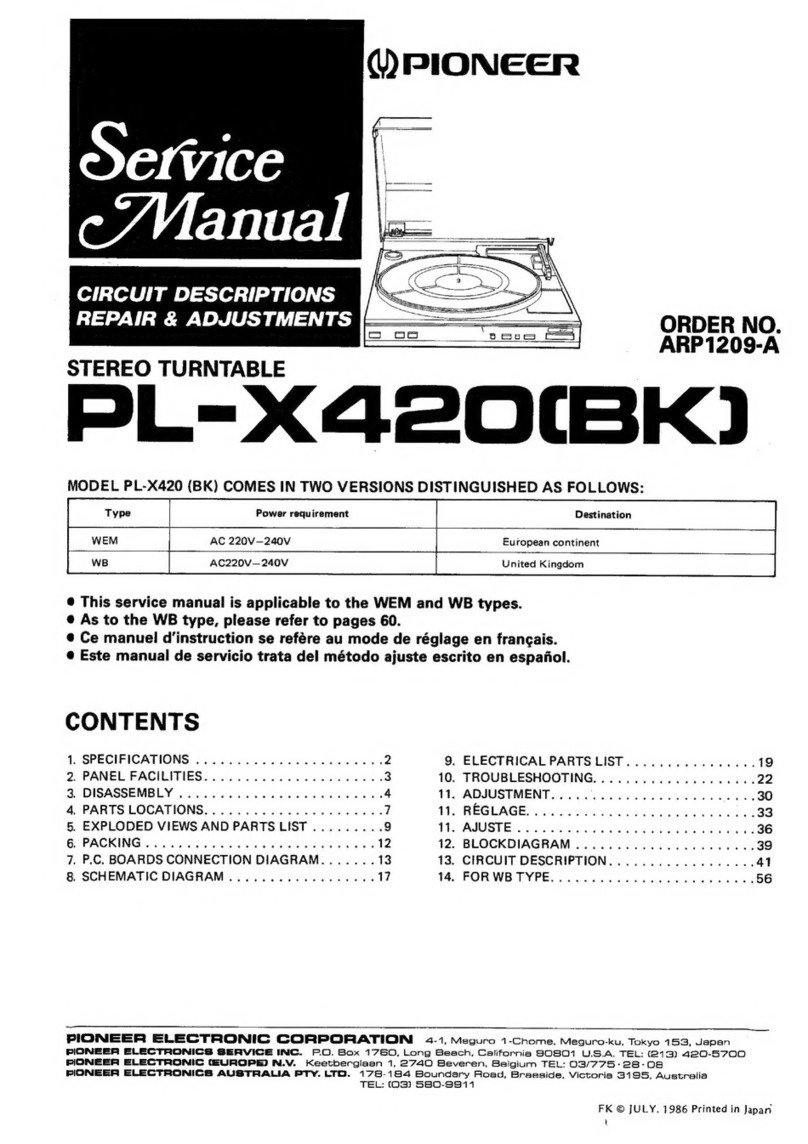
Pioneer
Pioneer PL-X420 User manual
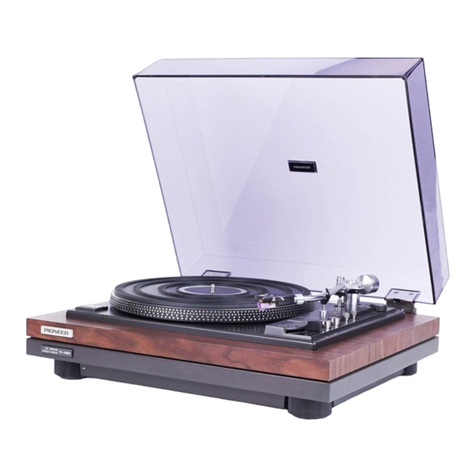
Pioneer
Pioneer PL-55 User manual

Pioneer
Pioneer PL-71 User manual
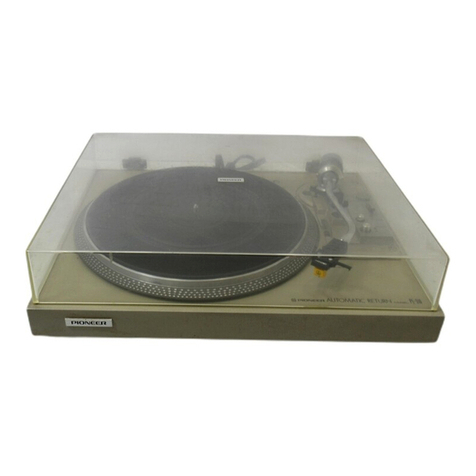
Pioneer
Pioneer PL-516 KCT User manual

Pioneer
Pioneer PL-520 User manual

Pioneer
Pioneer PL-L50 User manual
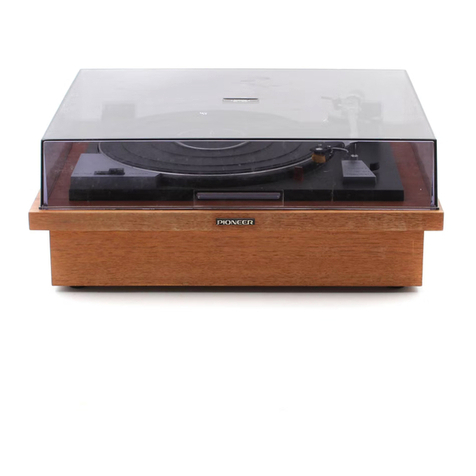
Pioneer
Pioneer PL-50 User manual

Pioneer
Pioneer PL-L1000 User manual
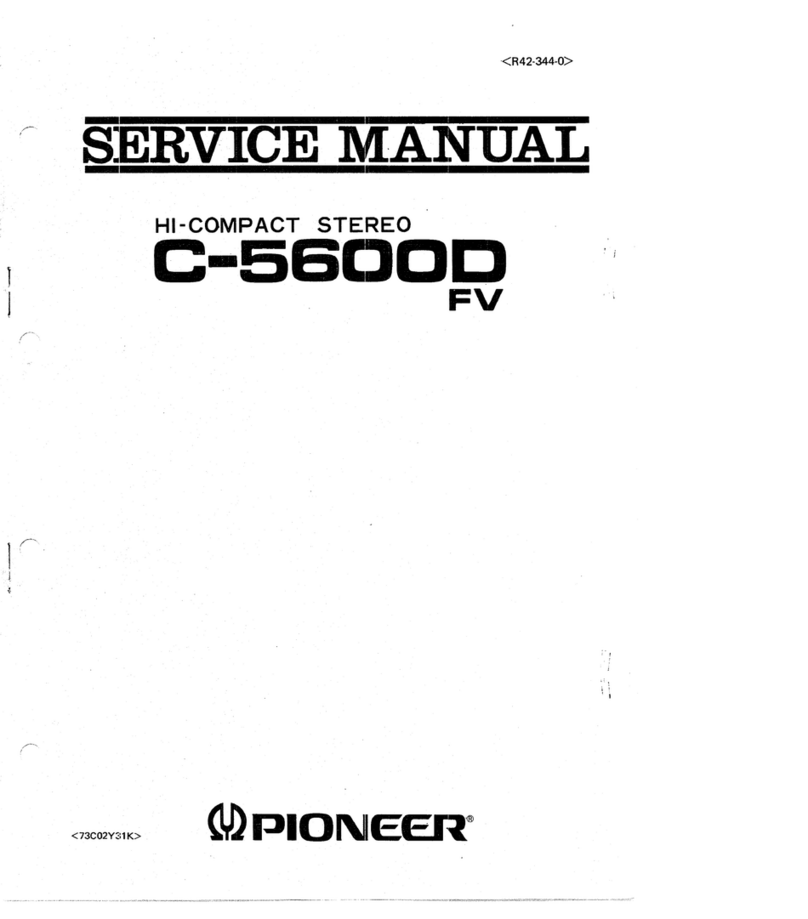
Pioneer
Pioneer C-5600DFV User manual
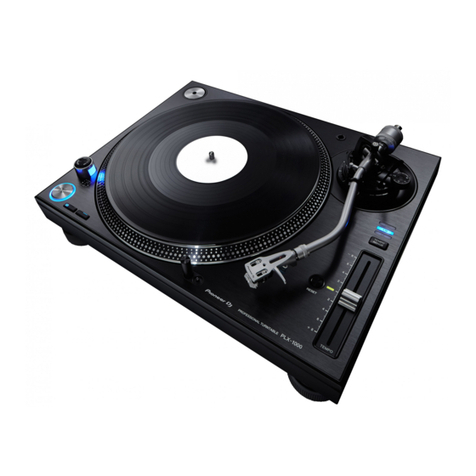
Pioneer
Pioneer PLX-1000 User manual

Pioneer
Pioneer PL-570 User manual

Pioneer
Pioneer PL-514 User manual

Pioneer
Pioneer PL-100 User manual
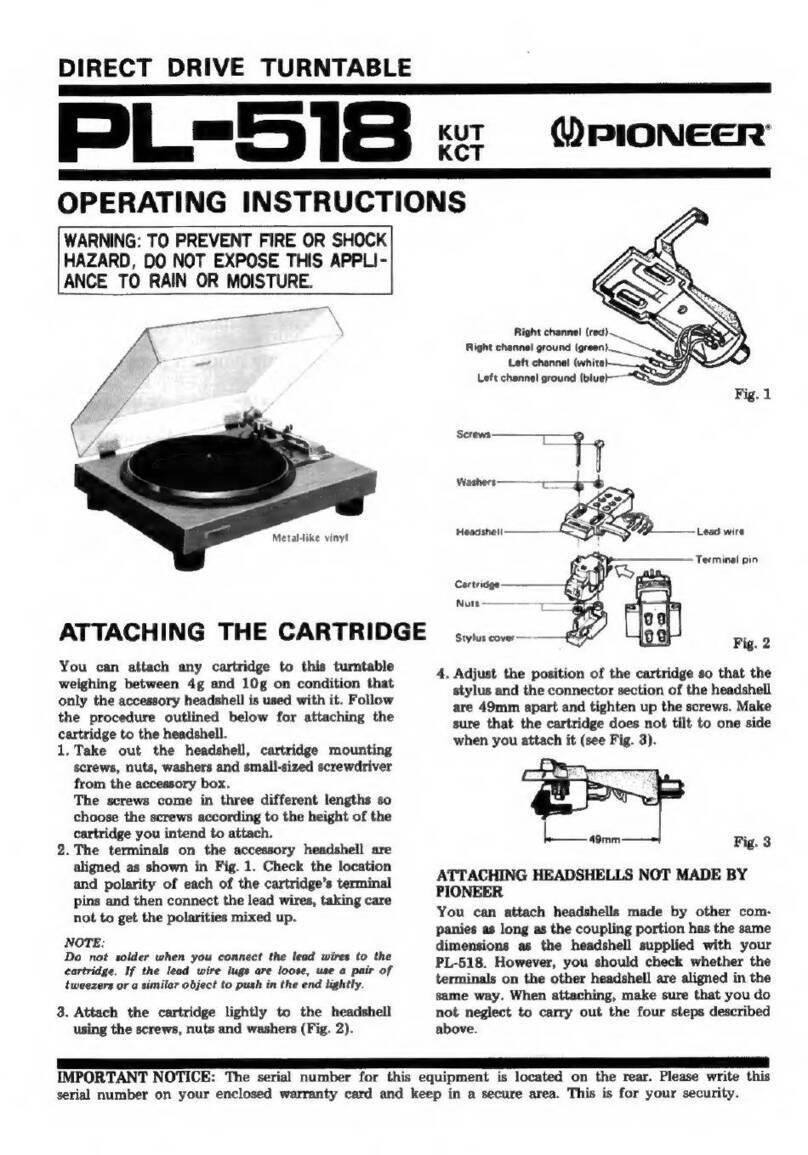
Pioneer
Pioneer PL-518 KUT User manual
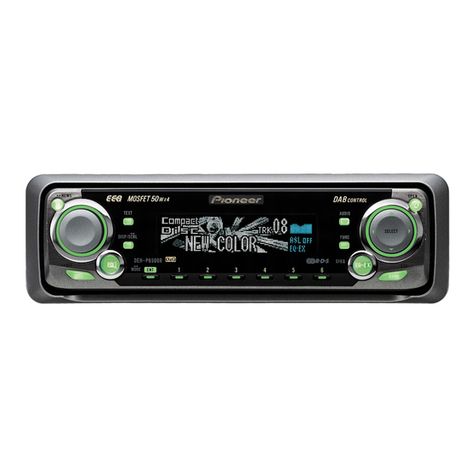
Pioneer
Pioneer DEH-P6500 User manual

Pioneer
Pioneer PL-4 User manual
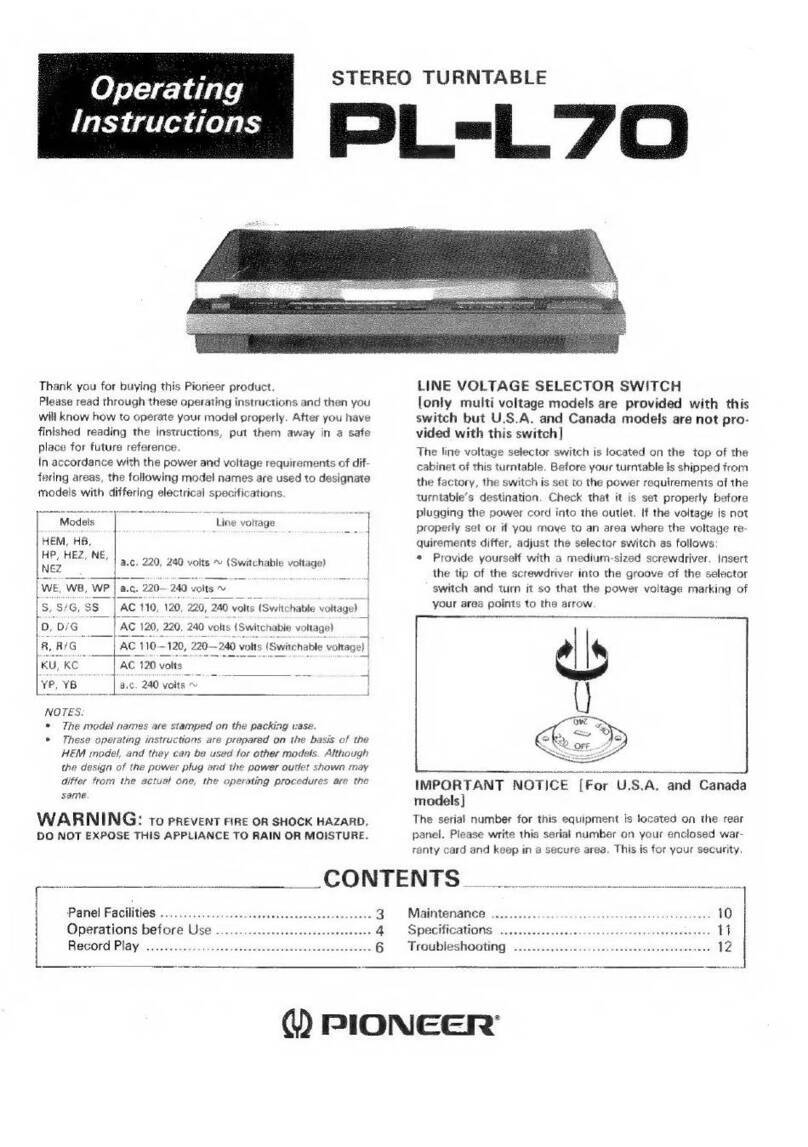
Pioneer
Pioneer PL-L70 User manual


